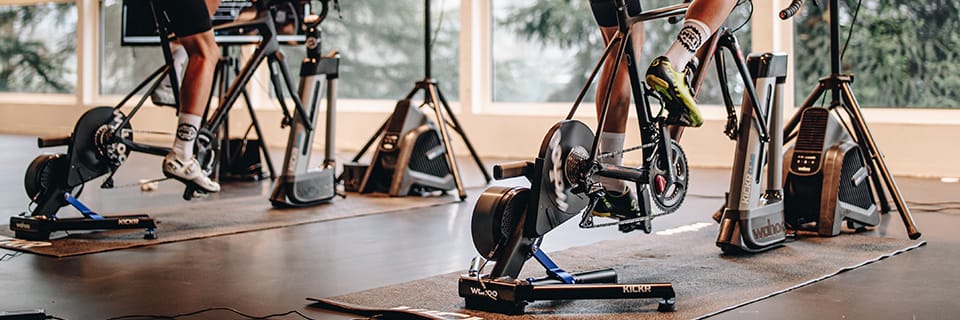During the winter season, due to the harsh climatic conditions, many cyclists opt for indoor training using aa home trainer. The principle behind this simple device (you position your bike on the trainer, which then uses resistance to reproduce outdoor pedaling in a more or less realistic way) has improved enormously over the years. Today, some models are veritable concentrates of technology, offering sensations very close to those experienced in real-life conditions.
If you're tempted by this solution but don't know which model to choose, here are a few points to help you make up your mind.
Standard models
- Types of trainers : home trainers with frame, rollers and Indoor Bikes
- Resistance types: air, mechanical, fluid, magnetic/electromechanical
- Types of drive : interactive and connected
Home trainer or roller?
Manufacturers offer two types of home trainers: the rollers and frame home trainers. The main difference between these two systems is that on rollers the bike is not fixed, whereas on home trainers it is.
Rollers are space-saving and quick to use. Even if you have to learn to keep your balance to use them, they're the most practical system, because you simply ride on them with your bike, without having to dismantle or assemble any components. On the other hand, it does have a few weak points: although some top-of-the-range models allow you to choose the resistance level before you start using them, it's impossible to change it during the session, without having to get off the bike. What's more, at high intensities, it can be difficult to keep your balance and stay on the roller.
In addition to great stability, the main advantage of the home trainer is that it offers a choice of different pedaling resistance levelsThis can be adjusted remotely by means of a lever connected to the roller by a cable. This system is slower to set up, but can be used for very specific workouts.
The rollers
As mentioned above, this system is the easiest to install, since it requires no assembly with the bike, which is held in place solely by the gyroscopic effect of the wheels. So a good dose of balance and flexibility is essential to feel comfortable and pedal naturally.
The roller home trainer is ideally suited to warm-up or short sessions as a complement to training, to improve balance and velocity. However, adjustment options are fairly limited.
Since the bike is not fixed, it's impossible to simulate a slope, and the number of resistance levels is limited.
Some models feature a system that can reduce vibrations and absorb the jolts emitted by pedaling.
If you opt for a roller, you'll need to consider its material:
- Plastic: provides little grip and wears out the tire quickly.
- Metal: Rougher than plastic, it provides better grip.
- Gel: Provides good grip and much less tire wear
Framed home trainers
Air
These models feature a propeller that opposes air resistance. As a result, they can only reproduce very low-percentage slopes, and are among the noisiest.
Mechanical
These basic models are ideal for warm-up or simplified practice. They are among the lightest (because no complex equipment is required) and can be folded for transport without taking up too much space.
They don't have a resistance adjustment position, and are only equipped with a knob that generates a constant pressure between the tire and the home trainer roller. You'll need to use the different ratios between chainrings and cassette to adjust the effort.
Fluid
This is the quietest model on the market. It offers pedaling resistance very close to real-life conditions. The large flywheel is immersed in oil to simulate steep inclines.
The higher the gear ratio and the higher the speed, the greater the resistance.
Magnetic / Electromagnetic
These widespread models are the best way to start indoor cycling, as they offer more resistance and make less noise than air models.
These types of home trainers use the magnetic force between a magnet system and a metal flywheel. The heavier the flywheel, the more realistic the pedaling sensation. This technology offers a very wide range of settings, and resistance levels can be very high.
This technology is the most widespread (from entry-level to top-of-the-range) because it's very easy to use and very robust. Entry-level models feature thumbwheel adjustment via a voltage cable, while top-of-the-range models feature a connectivity system for electronic resistance management (referred to as electromagnetic resistance).
These models often offer excellent value for money. Prices vary according to maximum power, resistance levels and accessories.
Depending on the type of installation, we can distinguish between :
The most common system is the rear-wheel-only model: it takes a little longer to install, but is more stable in use. It is advisable to have a home trainer tire which will be better adapted and more durable than a conventional road tire. The first models with magnetic brakes are relatively simple, but you'll find some with an electromagnetic system that offers a multitude of functions to aid training, even reproducing a real outing with visuals.
The top-of-the-range system completely replaces your rear wheel to drive a cassette directly:
Cyclists looking to pedal with precision and a certain amount of power will opt for these models, as the transmission of resistance passes directly through the chain, thus avoiding loss of power. Like the rear-wheel system, these models offer a wide range of settings and training aids.
INDOOR BIKES
They are redefining the use of home trainers and fitness bikes in the gym. Indoor Bikes enable you to ride at home without using your own bike while keeping the same settings and positions. This means your bike stays in the garage, sparing you the general wear and tear and disassembly/assembly that can damage components.
These products provide realistic ride feel with great precision and responsiveness, while remaining silent. You can even add your own peripherals such as handlebars, pedals or saddle to keep your bearings.
These home trainers can be connected to virtual platforms for total immersion in your training or in a race. There are also ANT+ and Bluetooth connections for integrating data from external devices such as smartphones or sensors. Some models, like the Wahoo Kickr Bikeoffer a unique experience with real-time physical grade changes and transmission ratio programming identical to your bike. The Stages brand also offers its Cycling Smart Bike which offers the advantage of precise measurement of pedaling power.
Connected home trainers? Yes !
Pedaling in your living room or garage can be a real bore, let's face it. That's why connected home trainers have arrived on the market.
Online participation and organization of races, virtual opponents or confrontations with other cyclists in real time, exchanges and creation of personalized itineraries, visualization of routes in 2D or with GoogleMaps... Numerous functions that will help you extend and enrich your training sessions, while making them more fun and attractive.
In these interactive, virtual models, the software automatically adapts resistance and braking systems to the characteristics of the chosen course. And, for even greater realism, these models can be fitted with a directional front wheel support so you can manage trajectories.
It should be noted, however, that the applications offered by these interactive home trainers are not always free. Generally, basic functions are supplied as standard, and you need to purchase a license to benefit from all the other functions available on the network.
Which home trainer is right for you?
To choose the home trainer best suited to your needs, you need to take into account ..:
- Compatibility with your bike
- Stability : the number of supports on the ground for balance
- Fastening system : without (rollers), on rear wheel, on frame
- Power output maximum
- Resistance type Air, mechanical, fluid, magnetic/electromagnetic
- Number of resistance levels
- Control for resistance adjustment : knob, handlebar lever, smartphone/tablet
- Interactivity : without, yes (supplied), yes (but optional)
Make your choice according to your intended use and budget. Entry-level models can be useful for those who just want to keep fit in winter. For demanding cyclists looking for an effective training tool to help them progress, it's best to choose a model that can achieve high pedaling resistances, and which comes with an app to track performance.
How to train on a home trainer in winter?
Once you've got your home trainer, you may be wondering how to train effectively on it. Don't panic, our experts have some tips for you:
1. Stay hydrated during exercise and a towel and frame protector to avoid soiling the floor and bike. As you'd expect, you're going to sweat a lot on the home trainer.
2. Limit the time of your session on the home trainer. Pedaling indoors in a fixed location doesn't provide your body with much ventilation, so you sweat a lot. You lose a lot of water in a short space of time, as well as minerals. This can lead to a water deficit in your body.
3. Alternate exercises to add a playful aspect and work specifically. You can work on strength and velocity by varying exercise duration and intensity. It's also possible to improve your explosiveness by incorporating short, intense bursts of exercise followed by recovery time.
ROAD - Turbo Trainers and Rollers
-
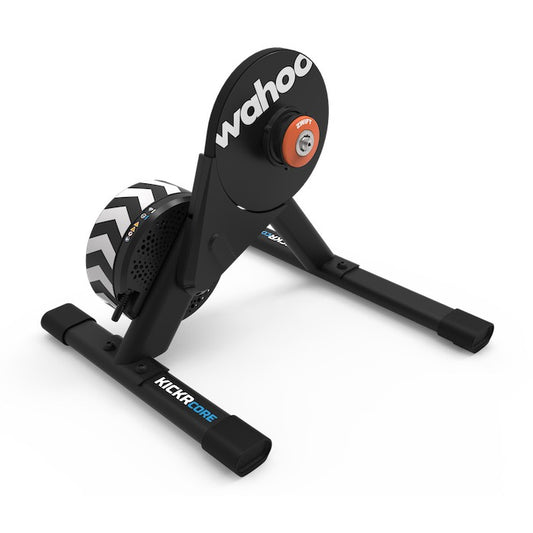
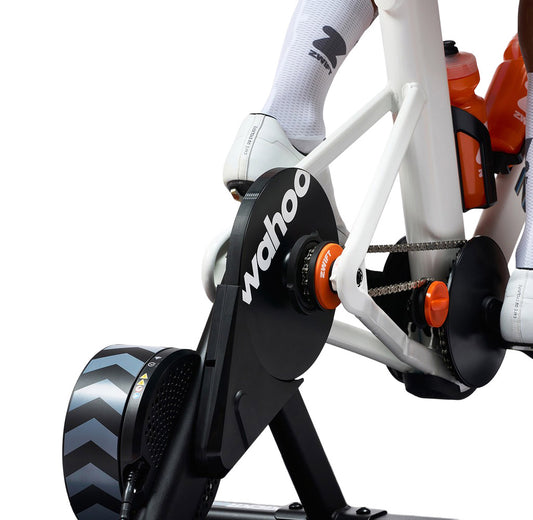
Home Trainer WAHOO KICKR CORE V2 ZWIFT ONE Version COG&CLICK
Regular price 519,90 €Regular priceUnit price per -
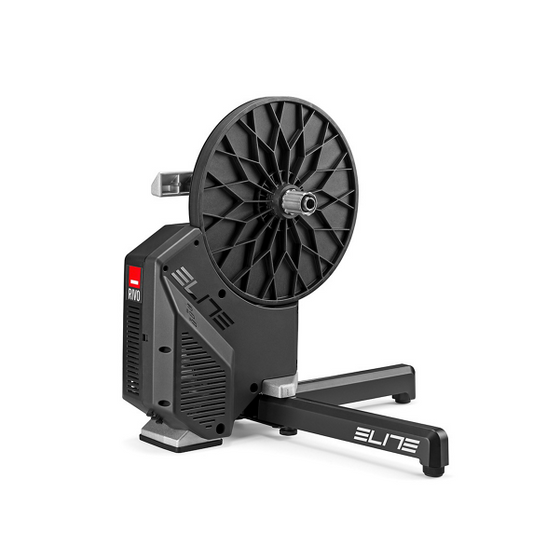
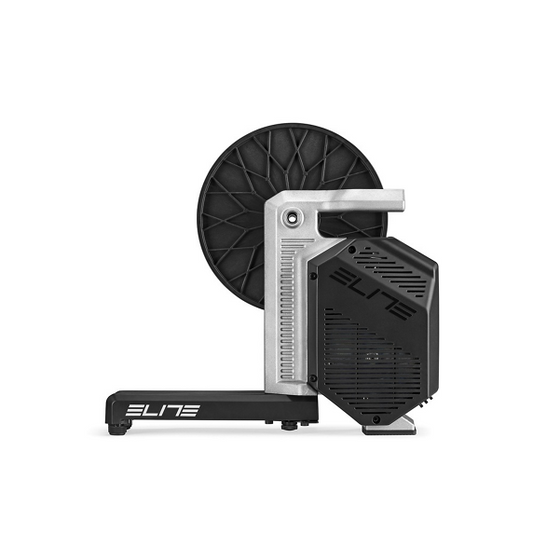
Home Trainer ELITE RIVO
Regular price 449,90 €Regular priceUnit price per -
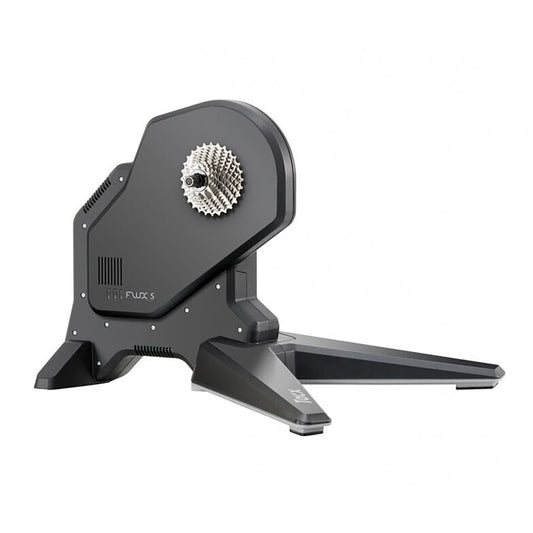
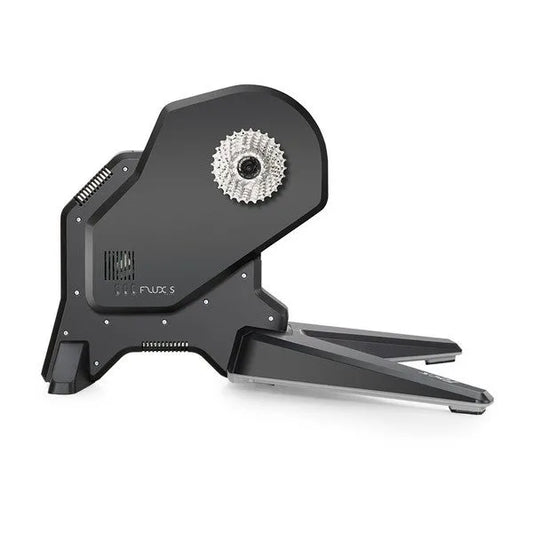
Home Trainer TACX FLUX S SMART T2900S
Regular price 529,90 €Regular priceUnit price per -
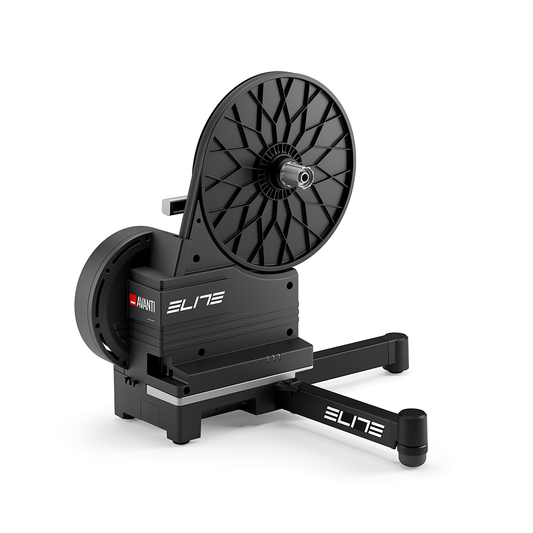
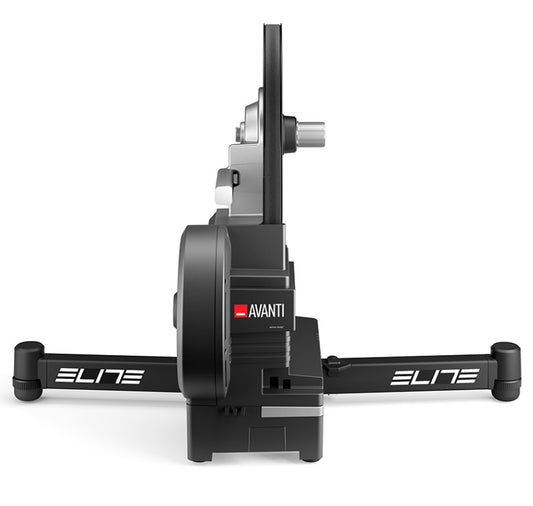
Home Trainer ELITE AVANTI
Regular price 529,90 €Regular priceUnit price per -
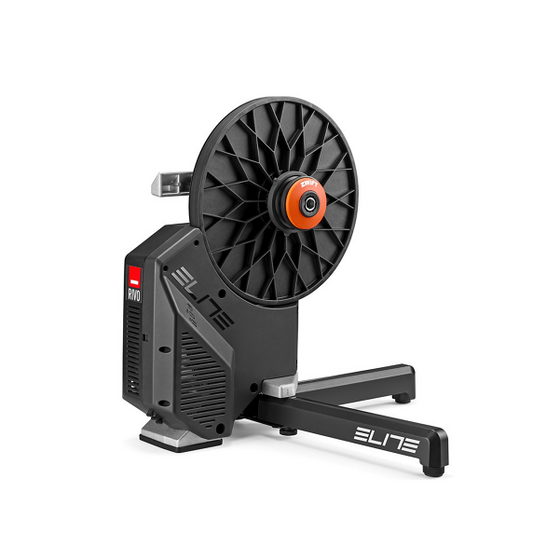
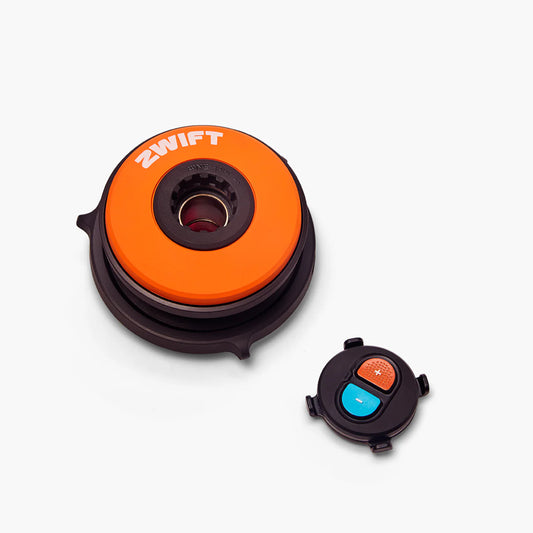
Home Trainer ELITE RIVO Version COG&CLICK
Regular price 449,90 €Regular priceUnit price per -

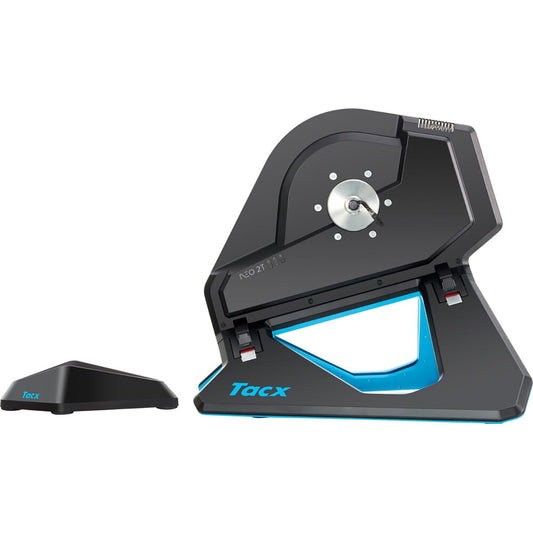
Home Trainer TACX NEO 2T SMART T2875
Regular price 839,90 €Regular priceUnit price per -
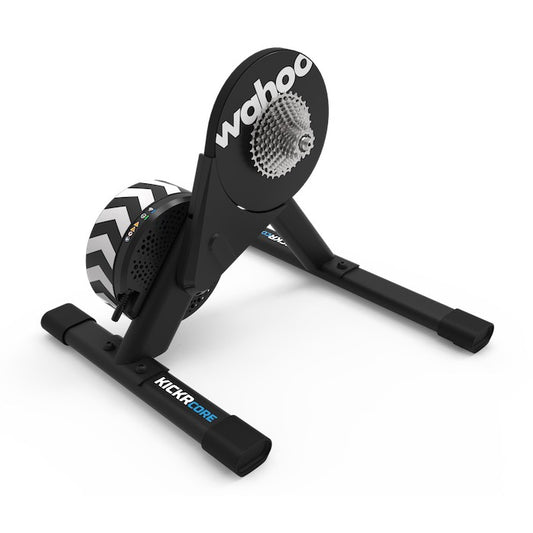
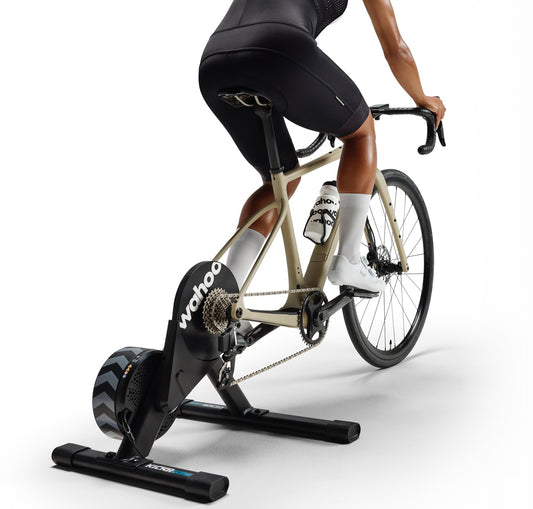
Home trainer WAHOO KICKR CORE V2
Regular price 549,99 €Regular priceUnit price per -
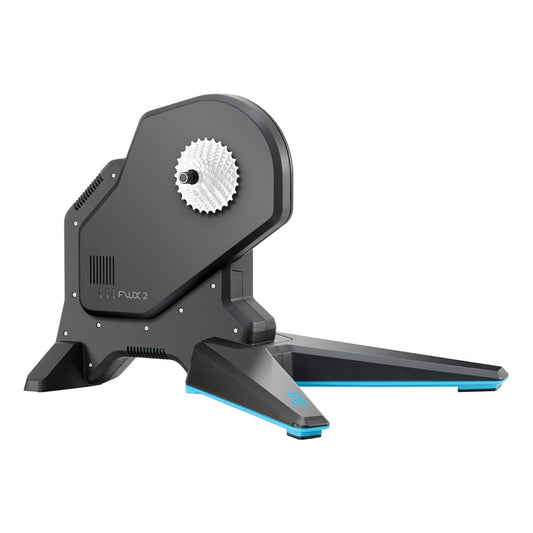
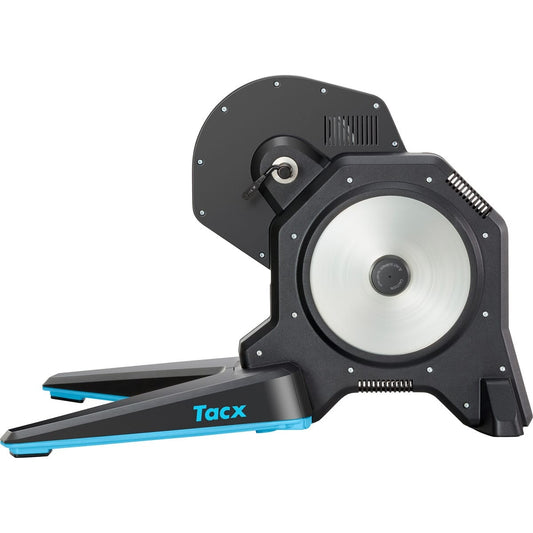
Home Trainer TACX FLUX 2 SMART T2980
Regular price 479,90 €Regular priceUnit price per
